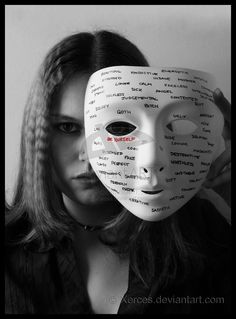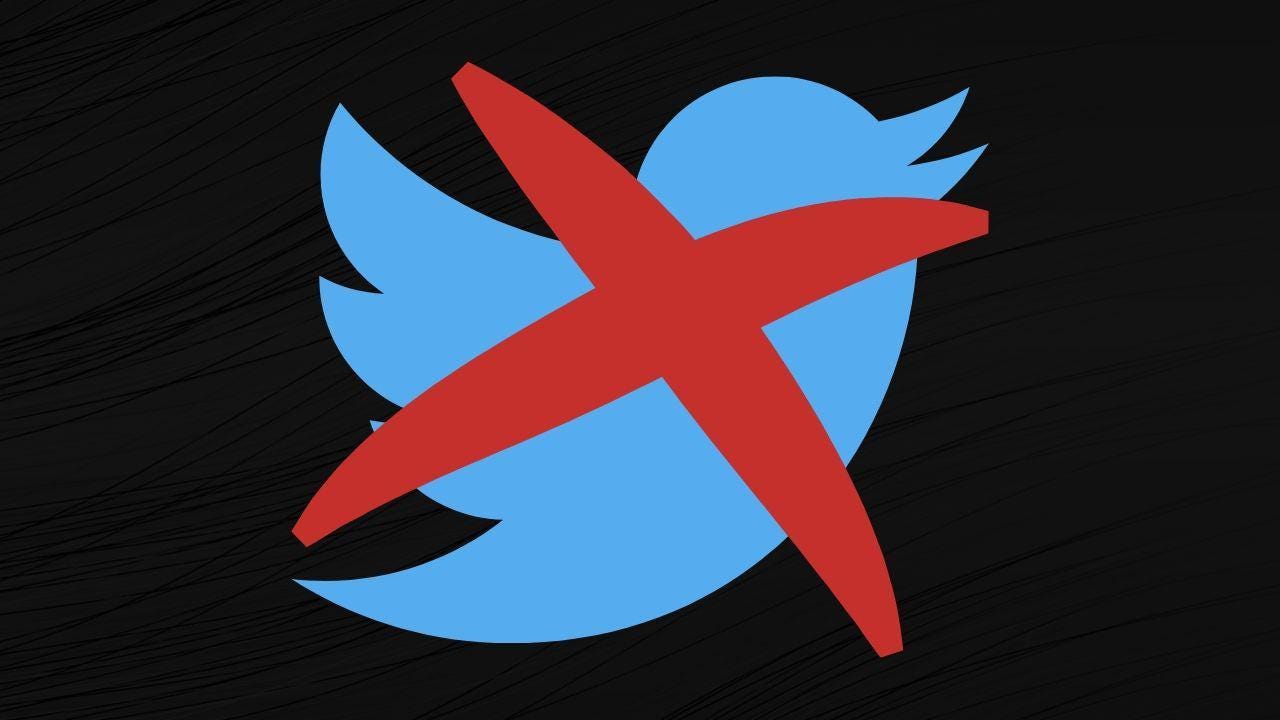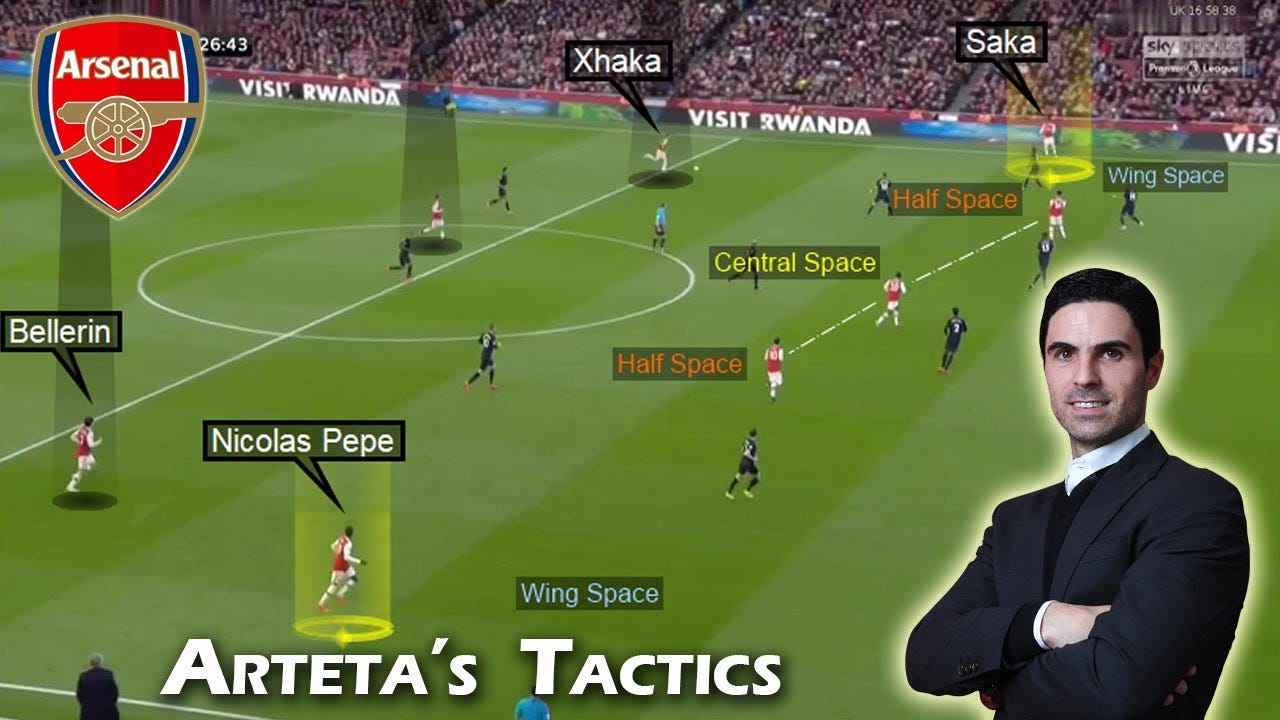The content in this post may be quite obvious if you have been using Twitter for a while now but I still think it’s worth reiterating. I was never huge into social media except for a brief high-school phase when apps like Instagram and Snapchat were first launched, during that time it was nearly impossible to ignore the excitement and hype around these new inventions.
However, since then I have managed to remain within the minority of people known as ‘Old school’ or ‘Boomers’ so it shouldn’t come as a surprise that I never actually used Twitter until late last year when I created an account specifically to promote the ‘Curiouscrow’ blog. I honestly expected the app to be similar to Instagram, however Twitter is extremely unfiltered in terms of the content displayed and I’ve noticed how this has impacted my view of certain things.
Twitter’s Algorithm
The Twitter algorithm follows a standard procedure similar to other social media platforms but of course with a few tweaks and secrets not publicly known. The three key steps are ‘candidate sourcing’, ‘Ranking’ and ‘Heuristics, Filters, and Product Features’. In the candidate sourcing phase, Twitter retrieves recommended tweets from a mix of accounts that you follow and accounts that you don’t follow.
From the accounts you follow, it’s fairly simple because your user behaviour history will display what type of tweets you engaged with (likes, re-tweets, comments, detail expands, clicks etc.) whereas from the accounts you don’t follow, they select a list of tweets that you are likely to engage with based on categories and interests you follow or trending searches. In the ranking phase, each tweet is given a score using a machine-learning model. How scores are determined is not publicly shared for obvious reasons but essentially the higher or better score a tweet receives, it most likely will be showed on your feed compared to lower scored tweets.
Finally, Heuristics, Filters, and Product Features are applied to refine the tweets further based on your preferences and settings. For example: if you have muted or blocked certain accounts, tweets from these accounts will not be displayed. Other filters include avoiding too many consecutive tweets from the same account or ensuring someone you follow has engaged with the tweet or follows the account responsible for the tweet. This is done to show you social proof that the tweet is in line with your interests.
Twitter also attempts to balance the number of tweets shown from accounts you follow and accounts you don’t follow to ensure that you are seeing relevant and refreshed tweets. These are the things publicly known, but if you have watched the movie ‘The Social Dilemma’, you would know that there’s definitely more to it than meets the eye. For instance, my Twitter feed is littered with unfiltered content of nudity, crime and other acts of violence when I have never liked, shared or commented on any of these tweets.
Unfiltered and raw content

Building on my last sentence, Twitter is a completely unmoderated platform where anyone can literally post any type of content without any filters. My feed continues to show me sexual nudity content for whatever reason and because of this, I have literally seen snippets of pornography and OnlyFans videos without any censorship.
This is quite shocking because that means that children of all ages also have access to this type of content, and we already know how harmful pornography can be for our brains as adults so imagine the impact this can have on a child whose brain is still fully forming. Similarly, there are tons of tweets with videos embedded about fights taking place in schools which is essentially promoting bullying and violent behaviour. I have also seen a couple of tweets where people use firearms against each other.
For instance, a tweet appeared on my timeline which included an argument between a group of friends and one of the people arguing pulled out a firearm and shot and killed the person he was arguing with. This type of content is usually censored if at all shown on news channels but here on Twitter it’s completely uncensored for all to see and pass judgement.
Just like this type of content, I have seen dozens of videos and images which depict the worst of humanity and even endorse this type of behaviour. Usually, these tweets are set out to spark controversial and heated debates amongst users in the comments sections which increases engagement on the tweet and overall, on the platform so the only winner here is Twitter.
You might think ‘Okay, I need to chill out because I am being too dramatic’ but this type of desensitised content can really impact your mental health and wellbeing in a negative way. According to psychologists, human beings need time to process emotions when we view things, however Twitter overloads us with tons of information and content in a matter of seconds.
Think about it, in the span of five minutes, how many tweets have you scrolled past on your feed? and thanks to Twitter’s algorithm, the type of information contained in these tweets are diverse so one second you’re watching a mass shooting video, the next you’re watching a celebrity walking down the red carpet and few tweets later you’re seeing a political debate between a Republican and Democrat. These are just examples, but you get the point. Our brains were never meant to process this type of information so quickly and because of this we can get desensitised to specific types of content because our emotions are unable to process everything so quickly.
If you become desensitised and are unable to process emotions authentically, imagine how you would react in real life if you saw sexual harassment, mass shootings or anything else out of the ordinary that requires an emotional reaction, you probably wouldn’t bat an eye because it doesn’t invoke an emotional response from you anymore. Isn’t that scary? I’m terrified at the thought.
The content you see on Twitter also affects your view on the world. There have been times when I’ve spent around 10–15 minutes scrolling through my feed and because of the extremely unfiltered violent content displayed, I spent hours in the day thinking about what I witnessed and asking questions like ‘How could that person do that?’ or ‘I can’t believe that actually happened’. The content had a lingering effect on my brain and because the content was negative and depicted the worst side of humanity, I began to view the world and people under a different lens and this even manifested in some of the interactions I had with people.
I’m not saying that Twitter is entirely detrimental to your mental health and wellbeing, however it can be if you allow it. My suggestions would be to limit screen time on Twitter throughout the week and if you see any content that is causing you to have a negative emotional reaction or has had a lingering effect, you should immediately report it or select the option to not view that type of content.
This is a way to ensure that the Twitter algorithm takes this into consideration in the future when selecting which tweets should be displayed on your feed. In the settings menu, Twitter also has an option to stop displaying media that may have sensitive content and options to select your interest and topics. I would suggest taking a couple minutes to tweak these settings according to your preferences to ensure that you only see the type of content you’re comfortable with.






